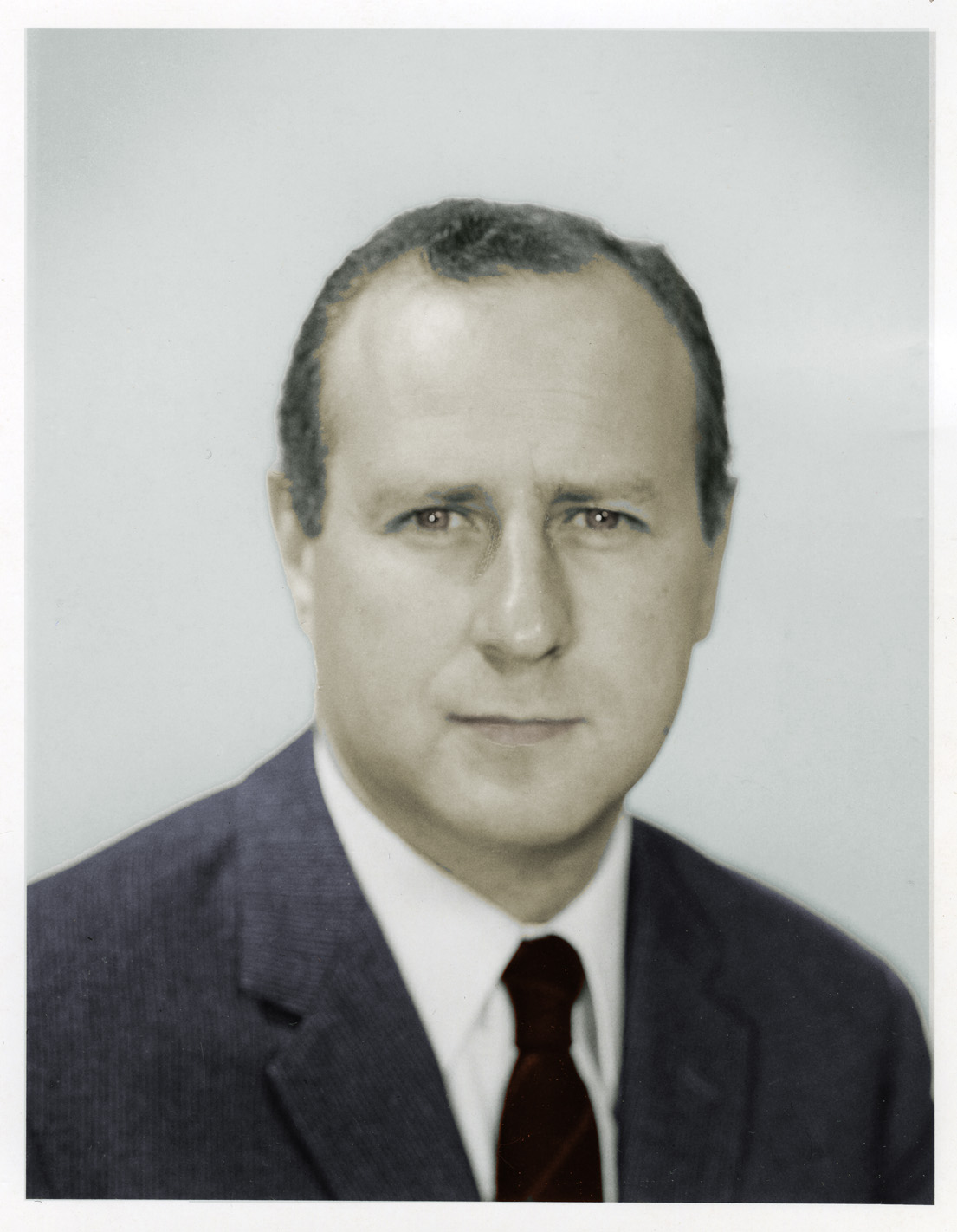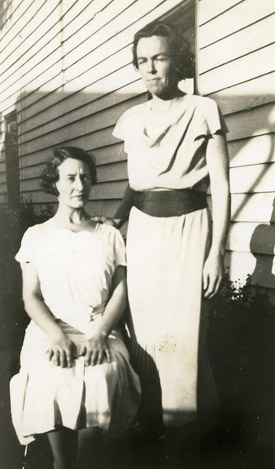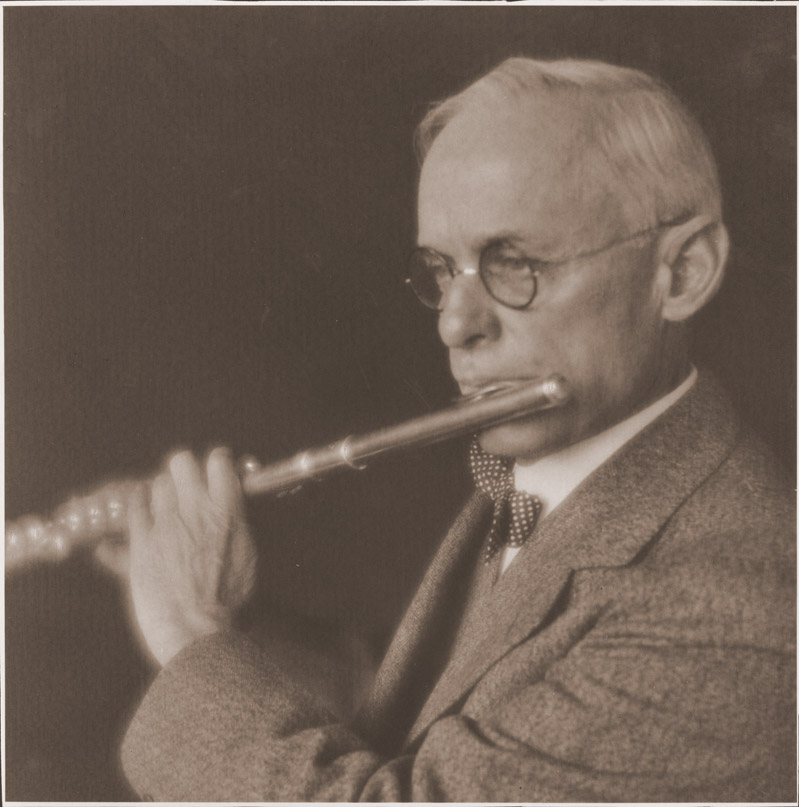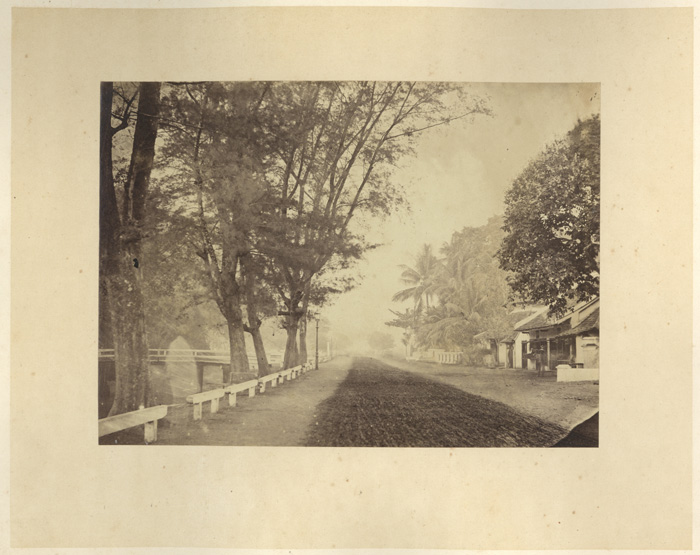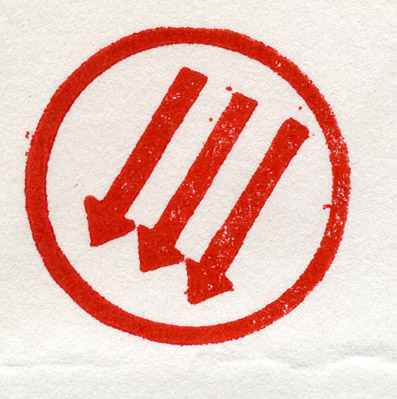Tass Sovfoto Photograph Collection
For many years, Sovfoto, a stock photograph agency based in New York City, was the sole source in the United States for the best work in contemporary Soviet photojournalism. Founded in 1932, the company carried photographers for Tass and, later, other news agencies from throughout the Soviet republics, Eastern Europe, and China.
The Tass Sovfoto Collection depicts Soviet life, primarily in the 1950s and early 1960s. Typically rendered in heroic Soviet style, the photographs are relatively varied in subject, documenting political events (e.g., Communist Party meetings, the meeting of Kennedy and Khrushchev); generals, politicians, and celebrities (Lenin, Khrushchev, Shostakovich); and athletic and cultural events. A few images appear to be parts of photo essays aimed at a popular audience, including images of Jewish life in Russia and the life of a Soviet worker, while others are stock images of Soviet troops during the Second World War.

